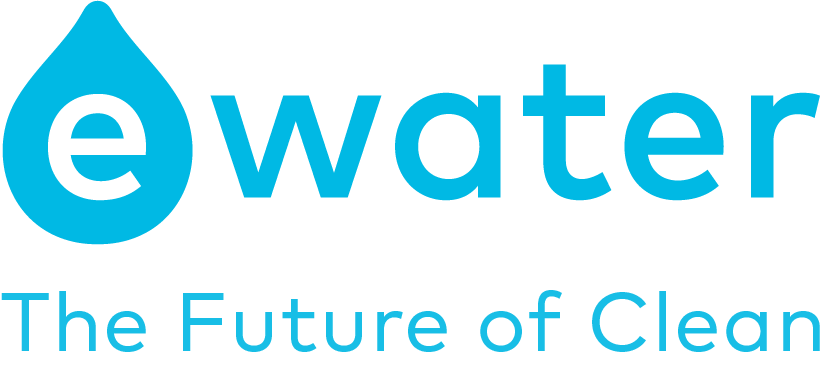Sustainability in general has become increasingly significant in almost every industry.
Many organizations from a variety of industries have been utilizing renewable and biodegradable methods and materials, which minimise harm to the environment.
During the 1980s pollution, industrial accidents and stricter environmental regulations saw a shift towards safe, more sustainable chemistry.
What is green chemistry?
Green chemistry is centered around a set of principles that enables scientists to protect and benefit the economy, people and the planet.
According to an insightful and cogent article in The Conversation, green chemistry “prioritises safety, improving energy efficiency and, most importantly, minimising (and ideally) eliminating toxic waste from the very beginning”.[1]
Initially waste management strategies concentrated solely on the disposal and discarding of toxic byproducts. The goal of green chemistry is to effectively “eliminate waste from the outset by making chemical reactions more efficient”.[2]
Making chemical compounds – from plastics, to producing soap, to crafting perfumes, farming fabrics or manufacturing drugs – has traditionally not been efficient and a harmless process. It can generate hazardous byproducts and often requires multiple reaction steps.
Cleaner chemistry
“The only methods that offer the rational means of producing useful compounds in an economical, energy-saving and environmentally benign way”
– Ryoji Noyori, Nobel Prize in Chemistry in 2001
The desire to make chemical reactions more efficient has led to efficient catalytic reactions that reduce waste.
According to Alex Bissember, University of Tasmania, “Catalysts are substances that accelerate reactions, typically by enabling chemical bonds to be broken and/or formed without being consumed in the process… In principle, only a very small quantity of a catalyst is needed to generate copious amounts of a product, with reduced levels of waste.”[3]
What’s exciting about catalysts is that as well as being sustainable and environmentally friendly – the process is, typically, most cost effective.
This is a notion that excites many, as it undoubtedly highlights that sustainable practices and prosperity aren’t mutually exclusive, but can be used in harmony to produce beneficial results for both the private sector and the society at large.
The way of the future?
There have been tremendous advances with green chemistry in the past 20 years. Yet, in Australia, there are still significant challenges, such as reducing dependence of fossil fuels, eliminating single-use plastic bags, decreasing toxic chemical use and addressing climate change more generally.
eWater Systems are committed to the supply of solutions produced through green chemistry design principles. Our aim is to reduce or eliminate the use of hazardous substances thus protecting people and our planet.
Furthermore, we proudly support any action that helps us to better understand the real impact of our consumption on ourselves and on future generations.
Bibliography
[1] https://theconversation.com/green-chemistry-is-key-to-reducing-waste-and-improving-sustainability-70740
[2] Ibid.
[3] Ibid.

